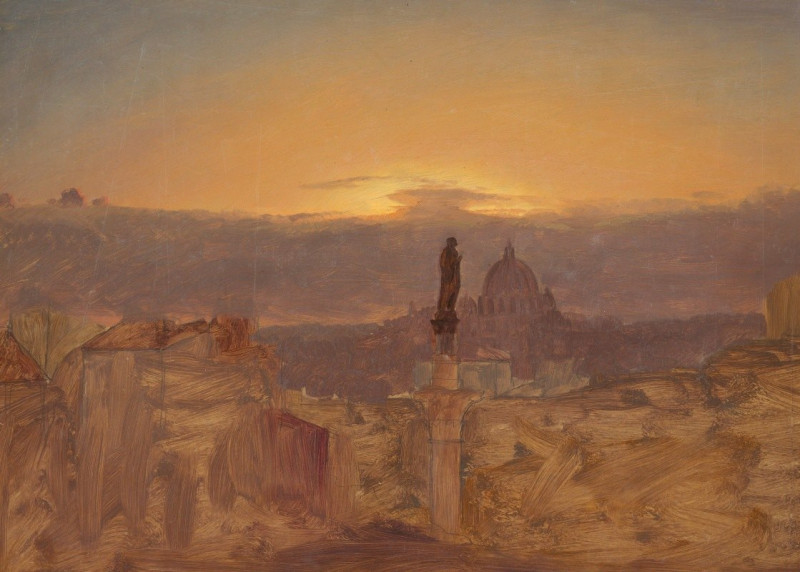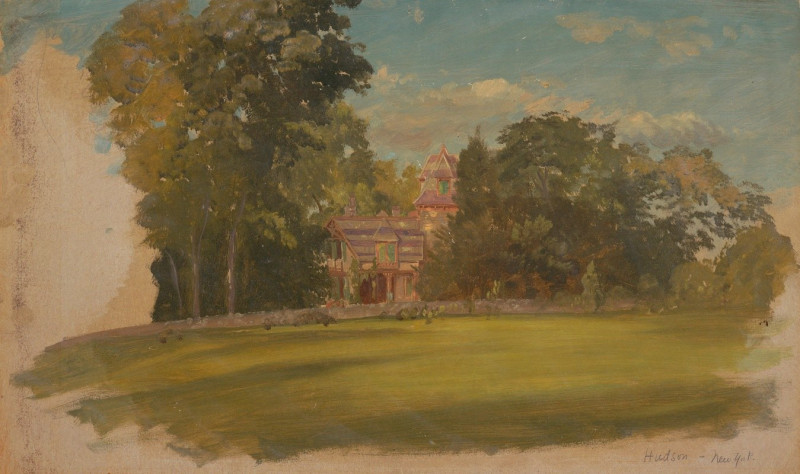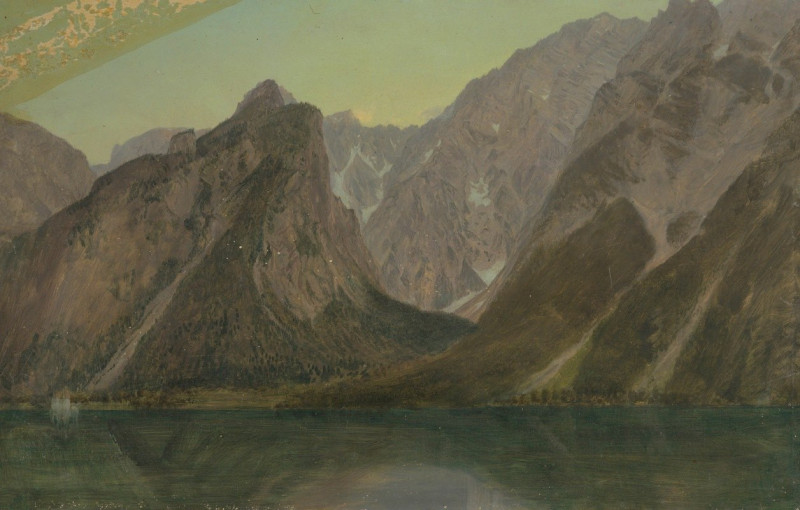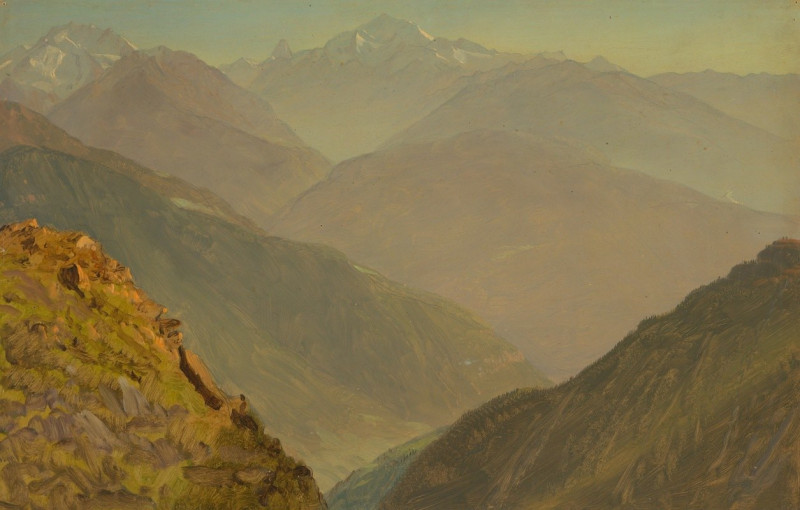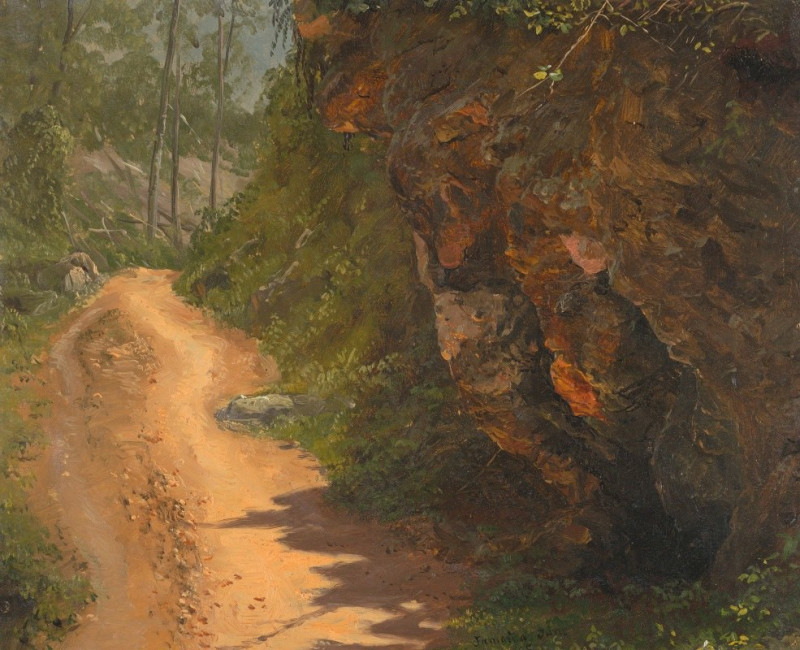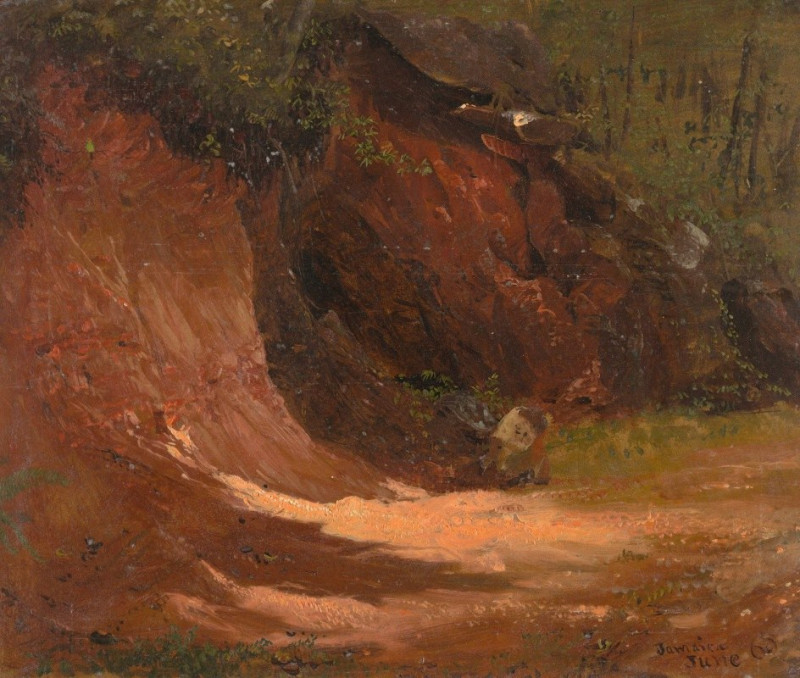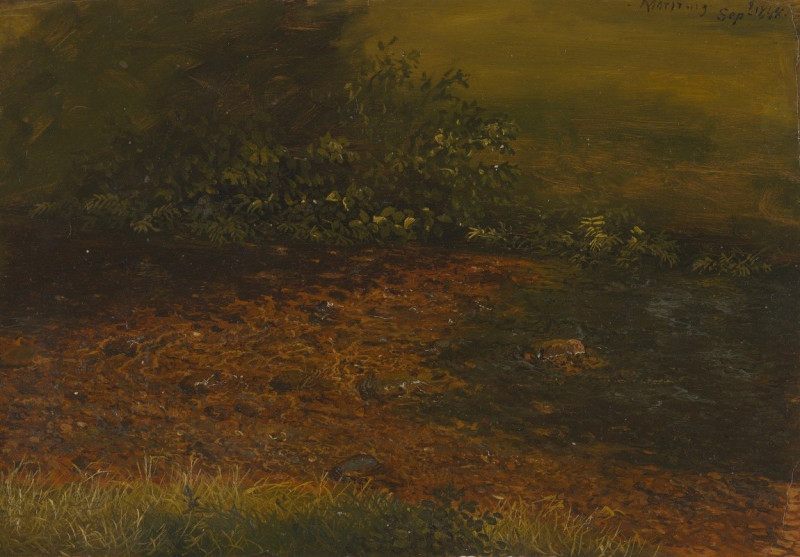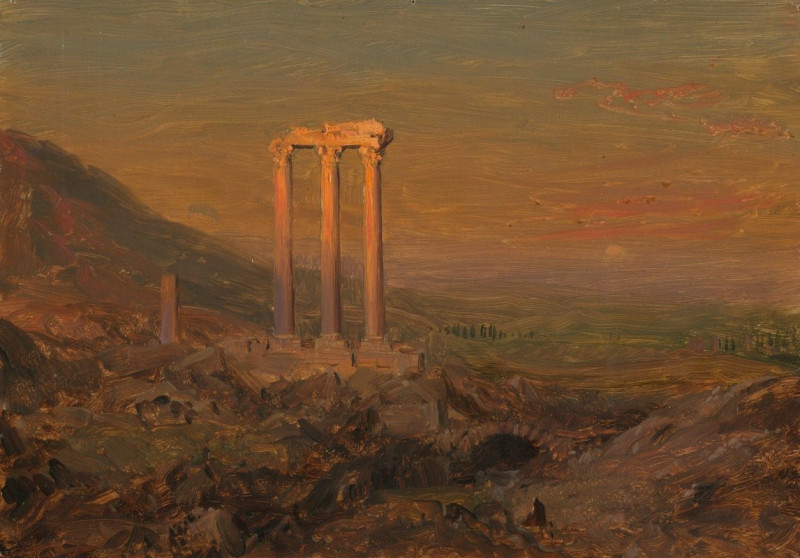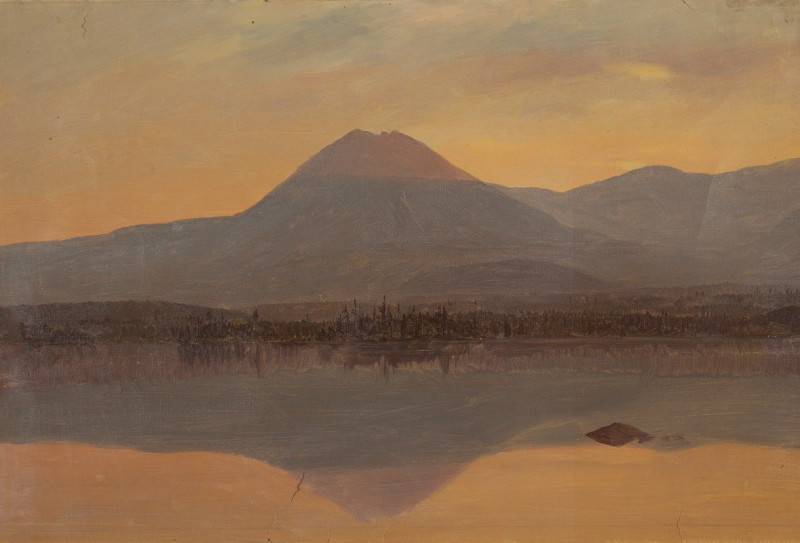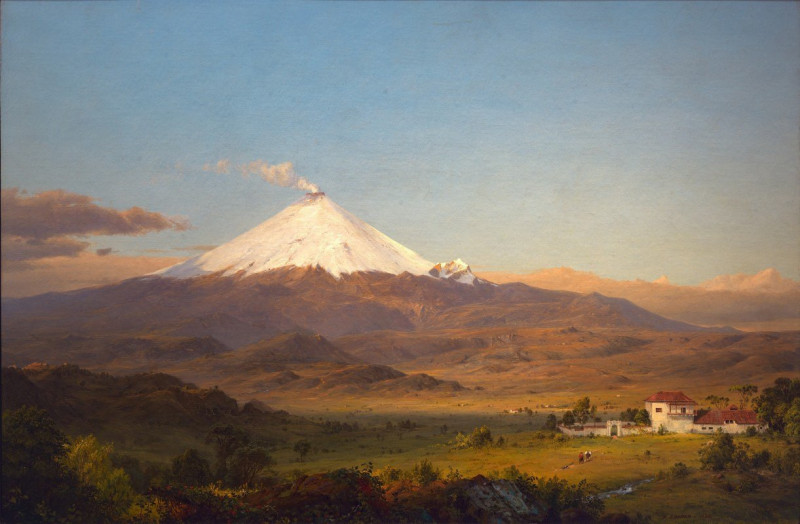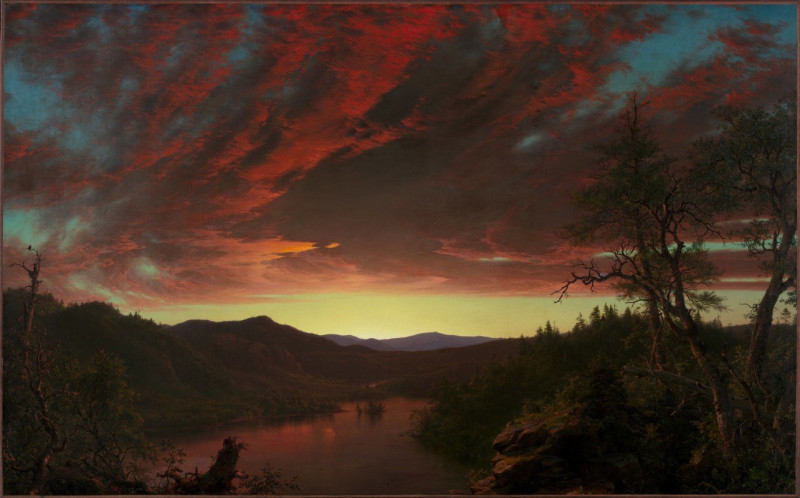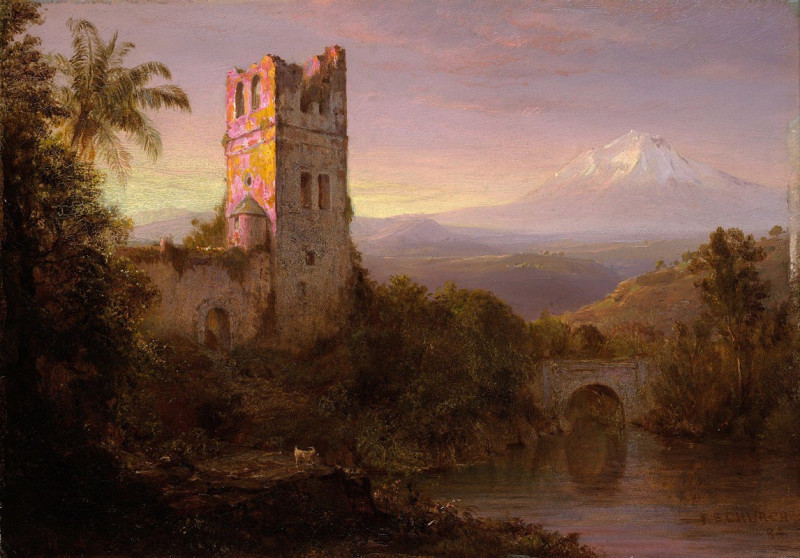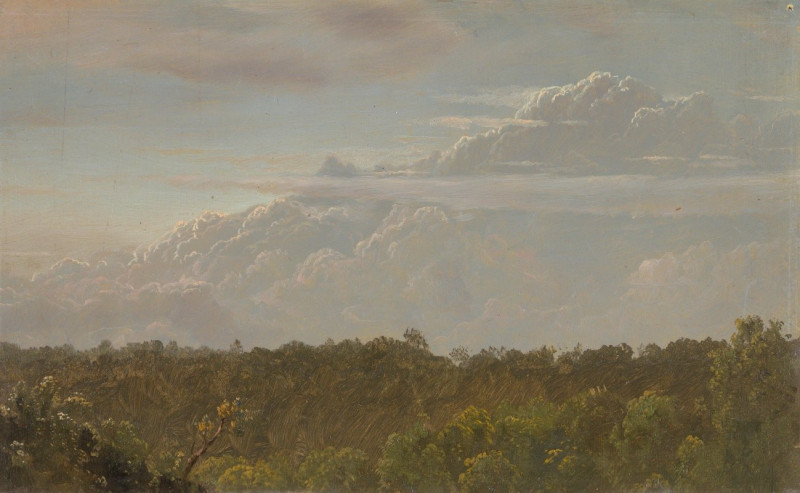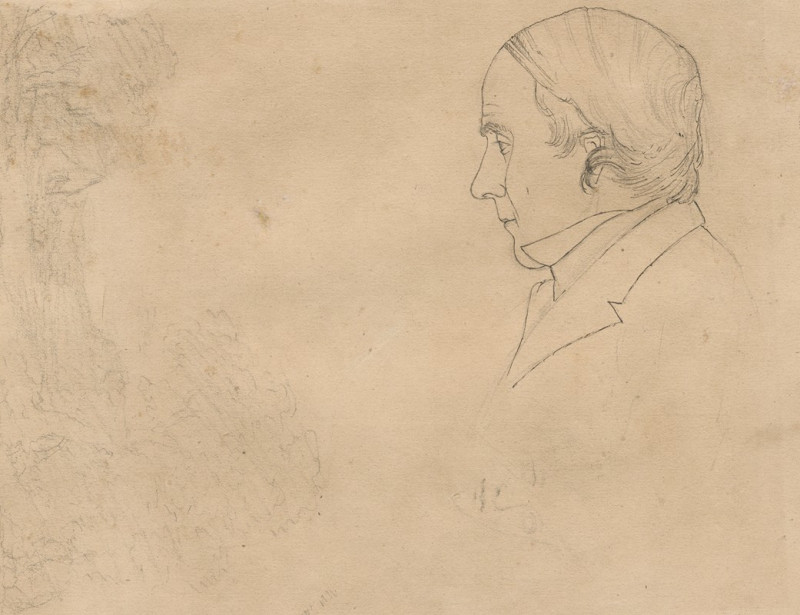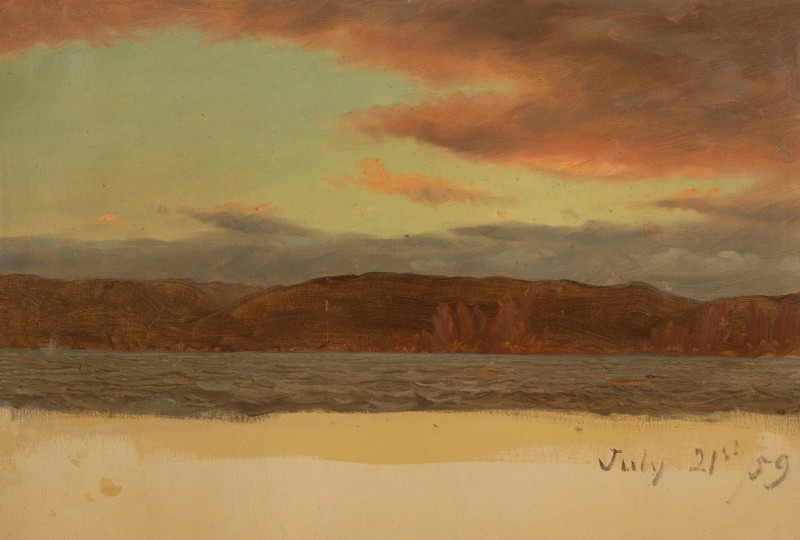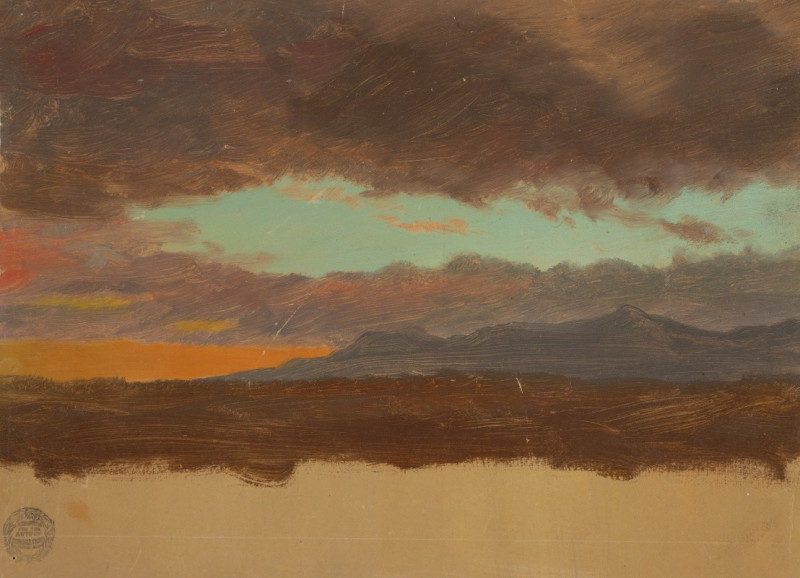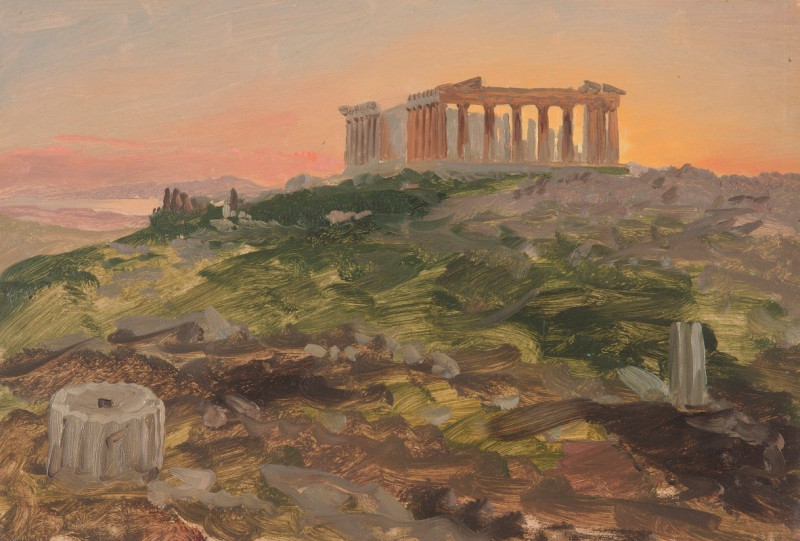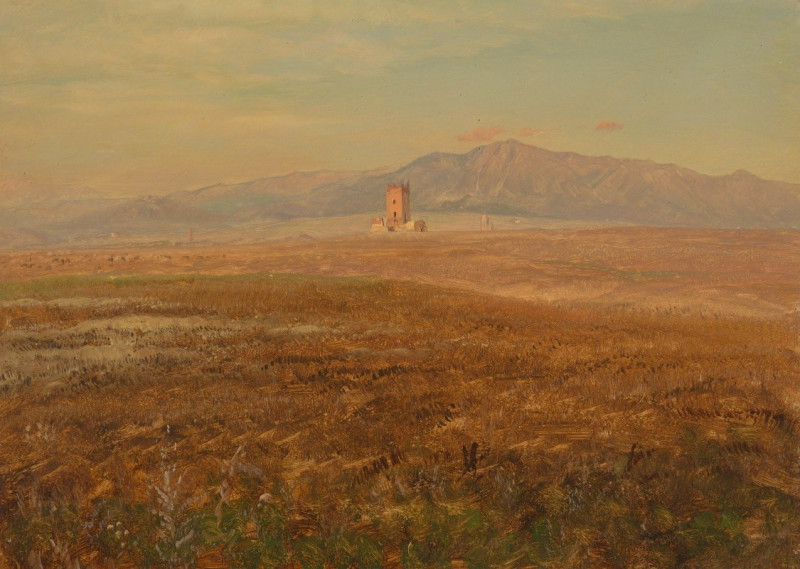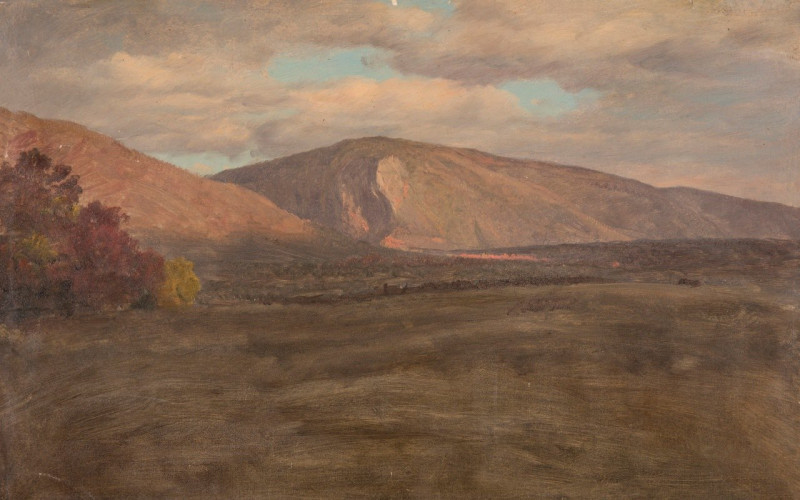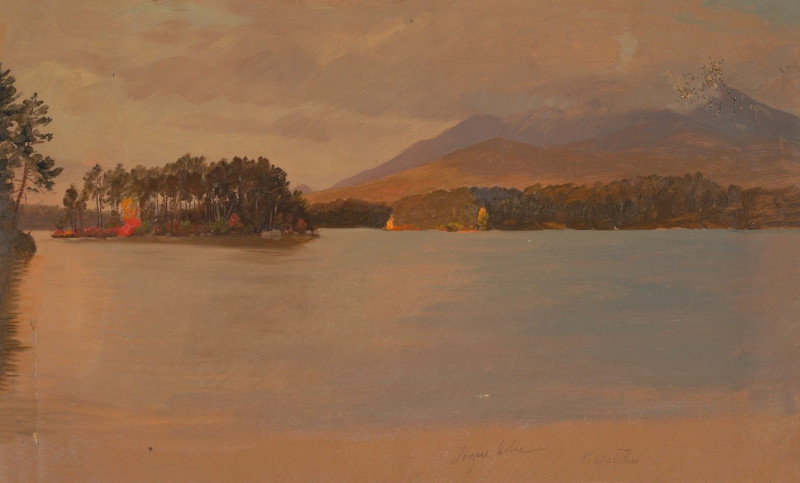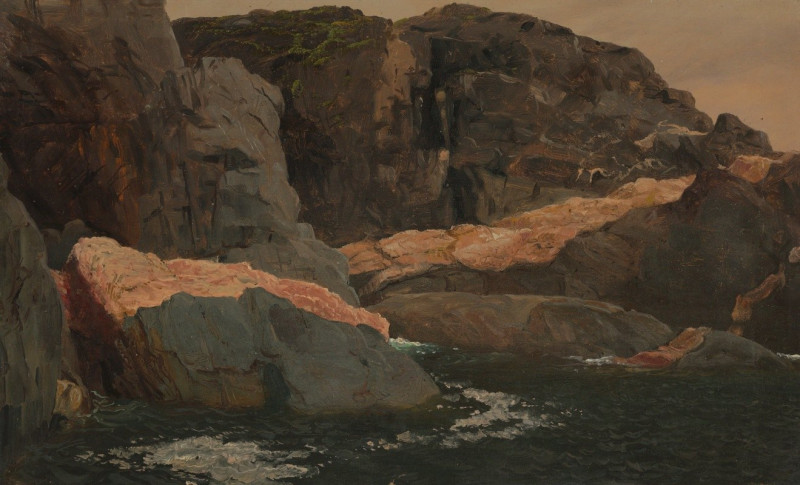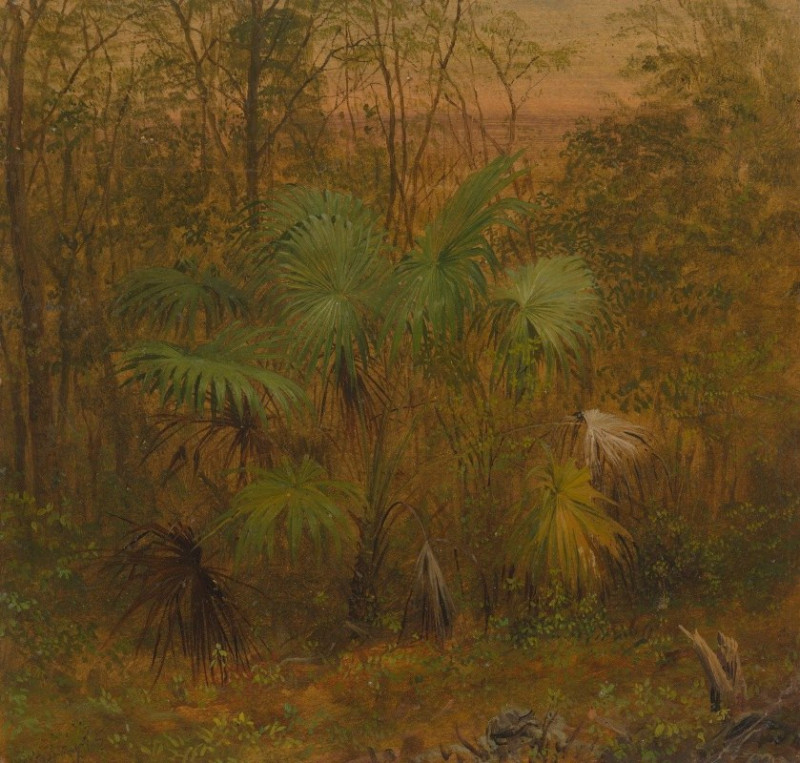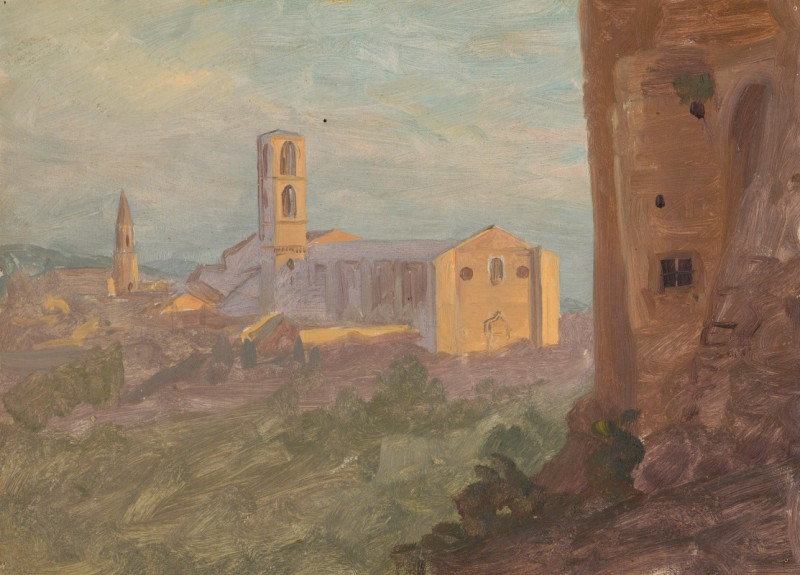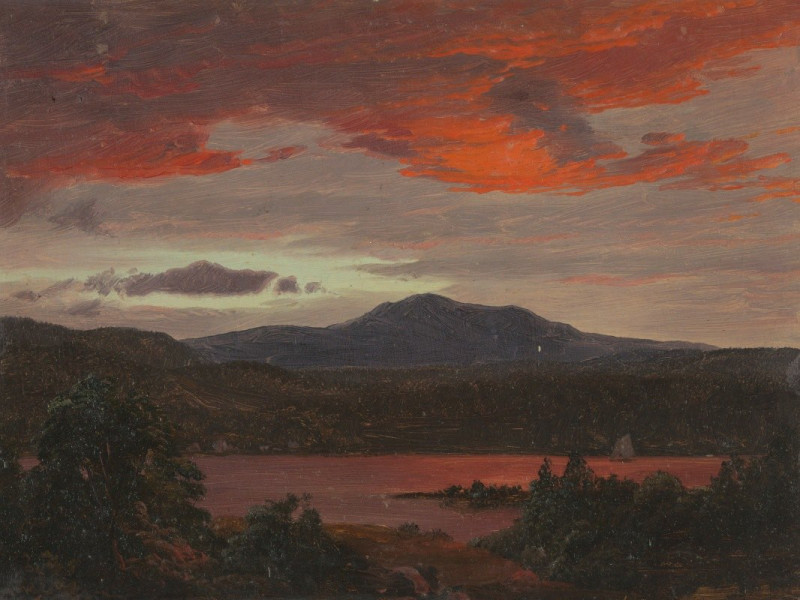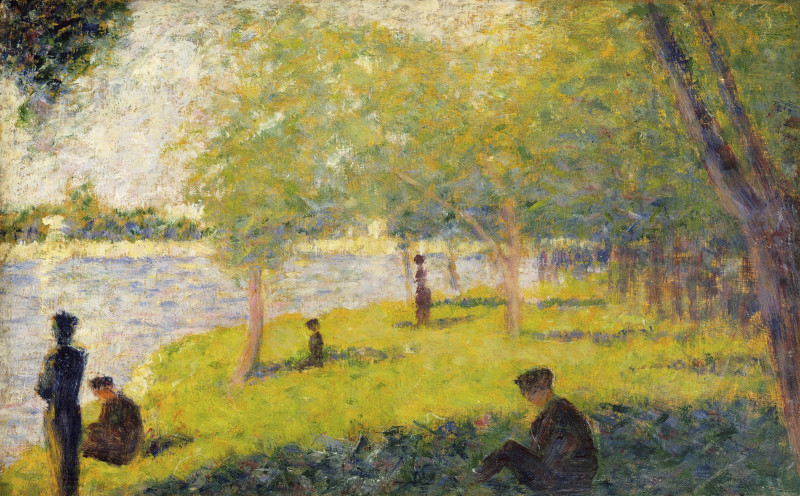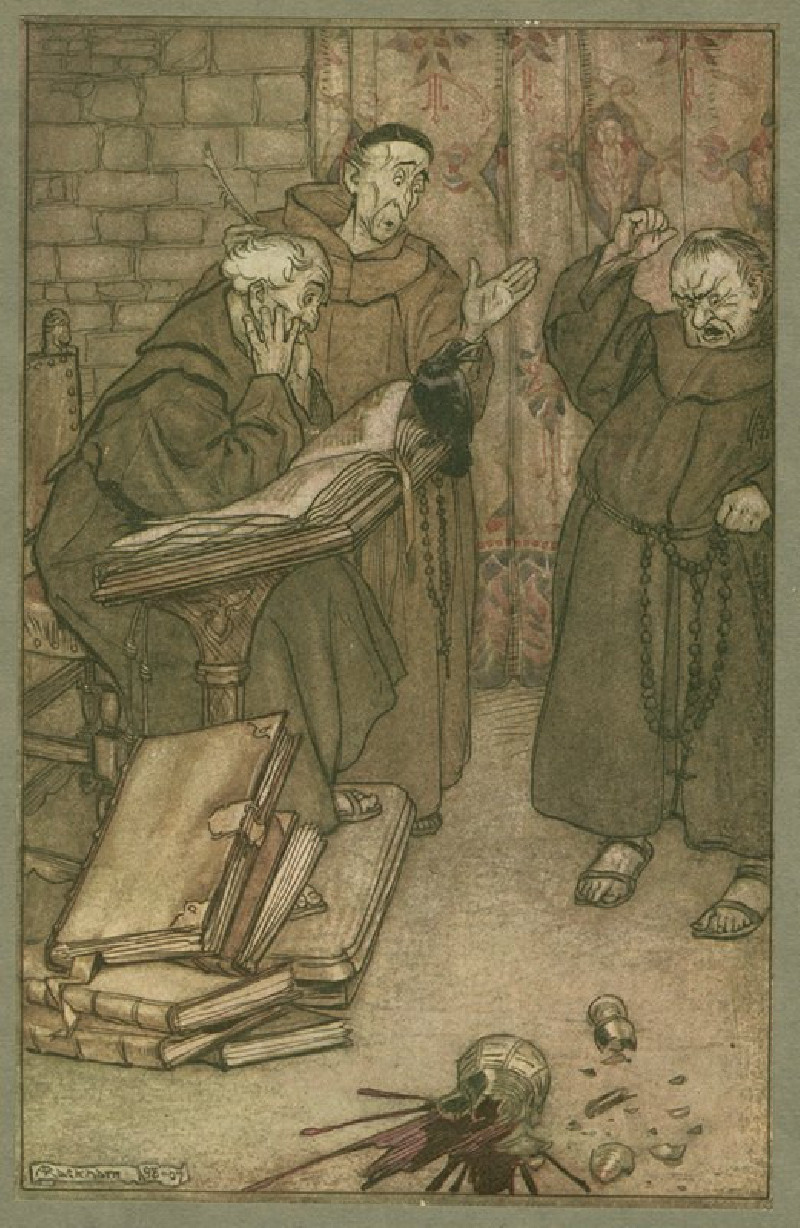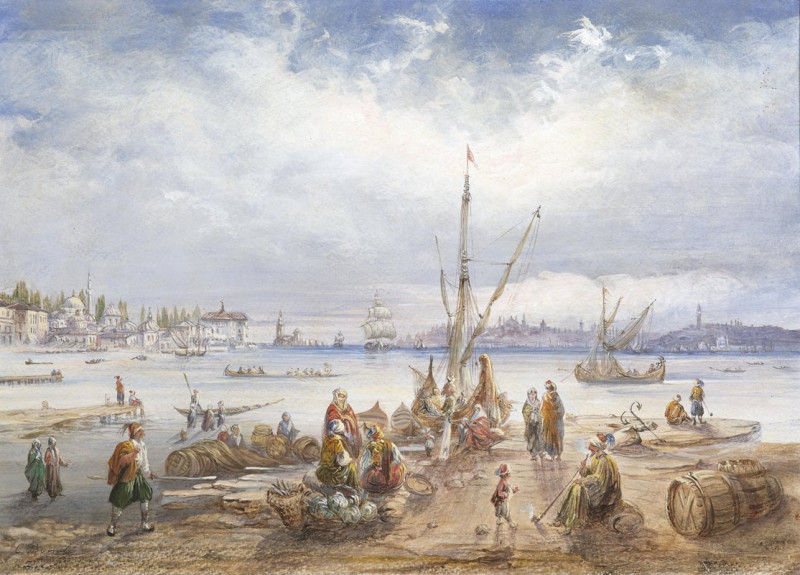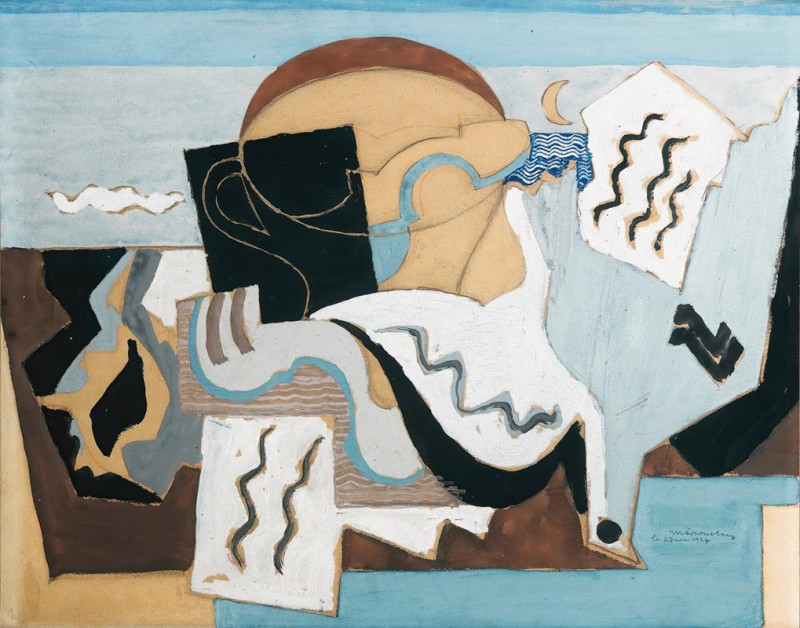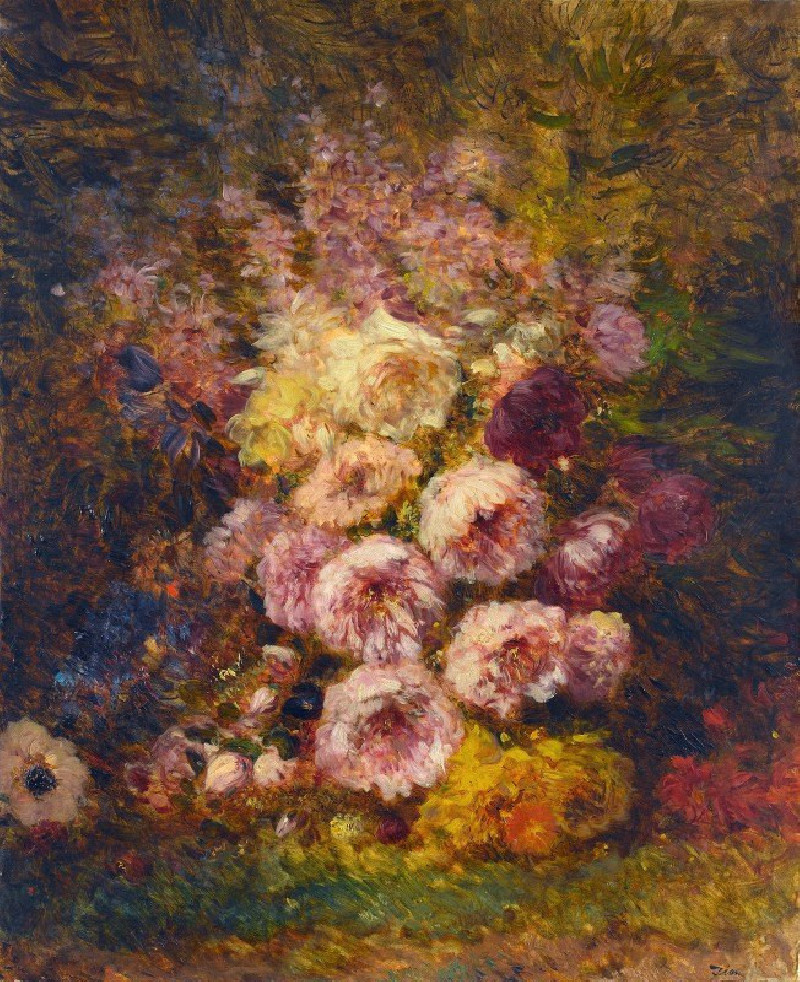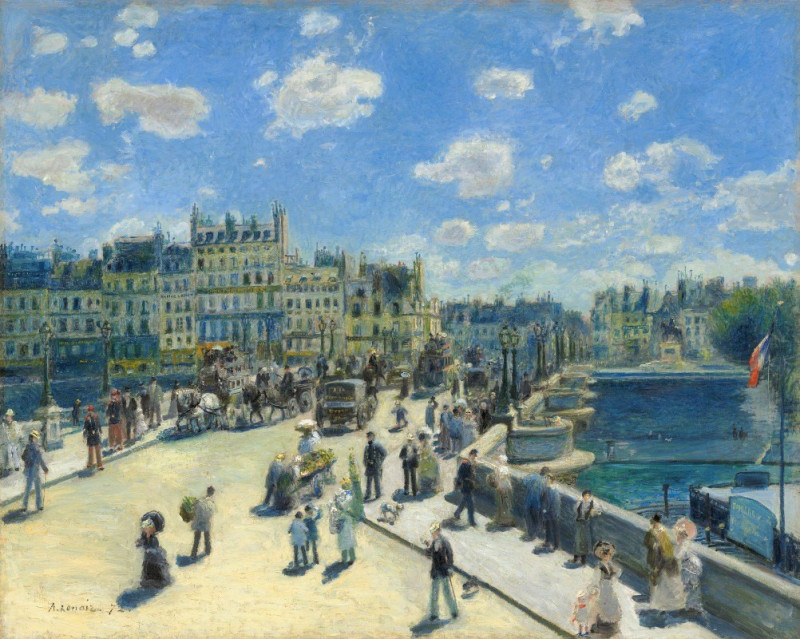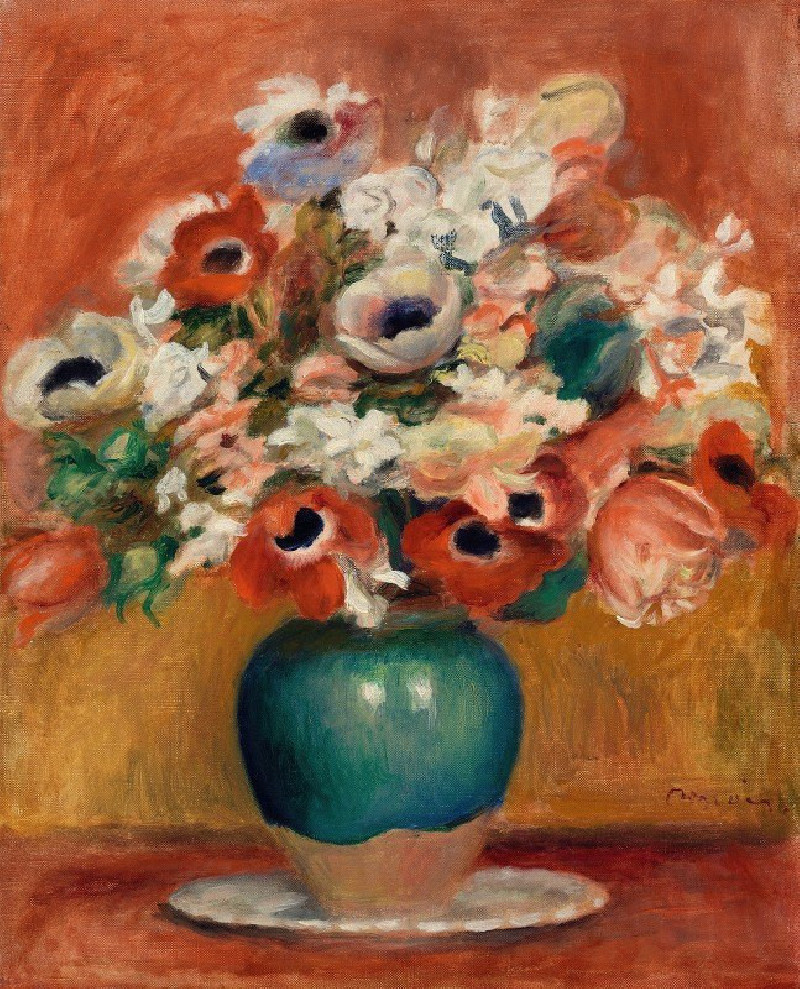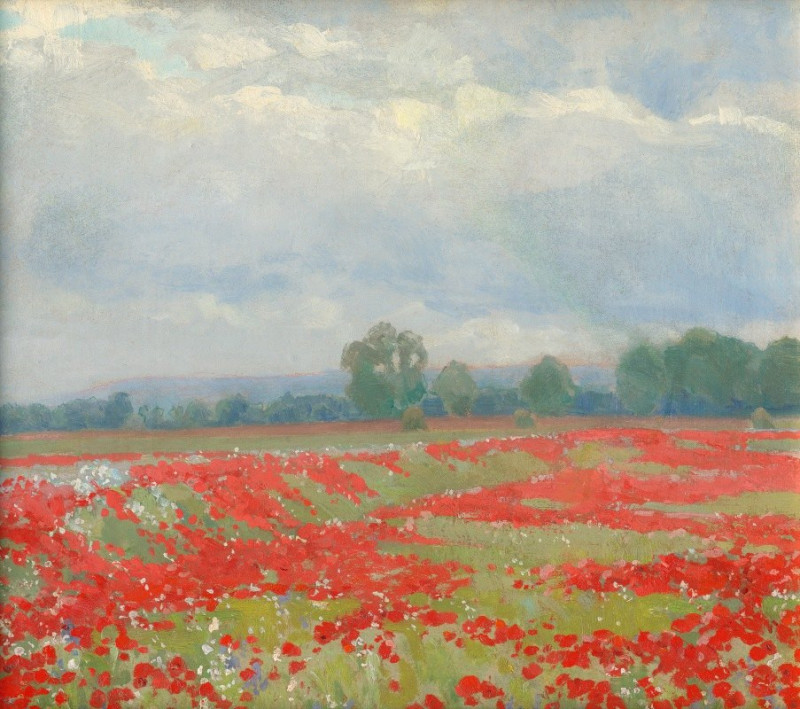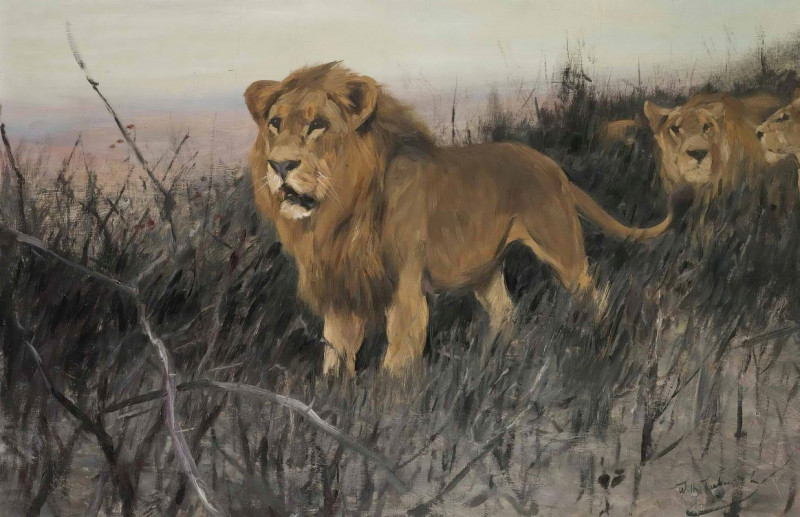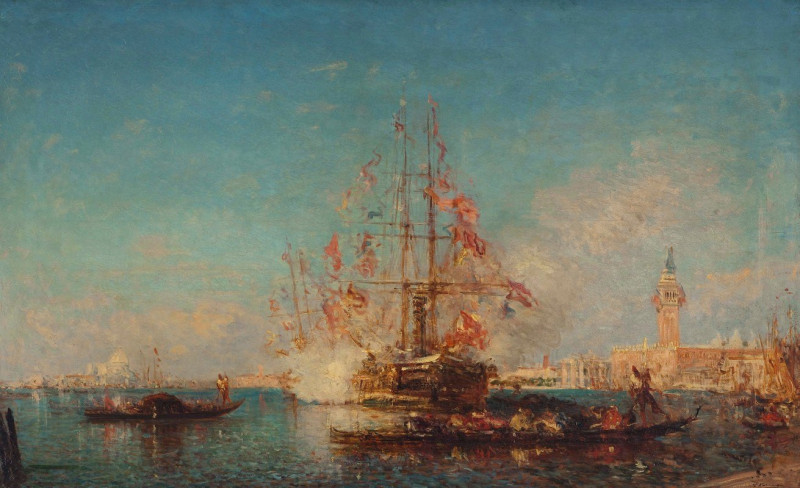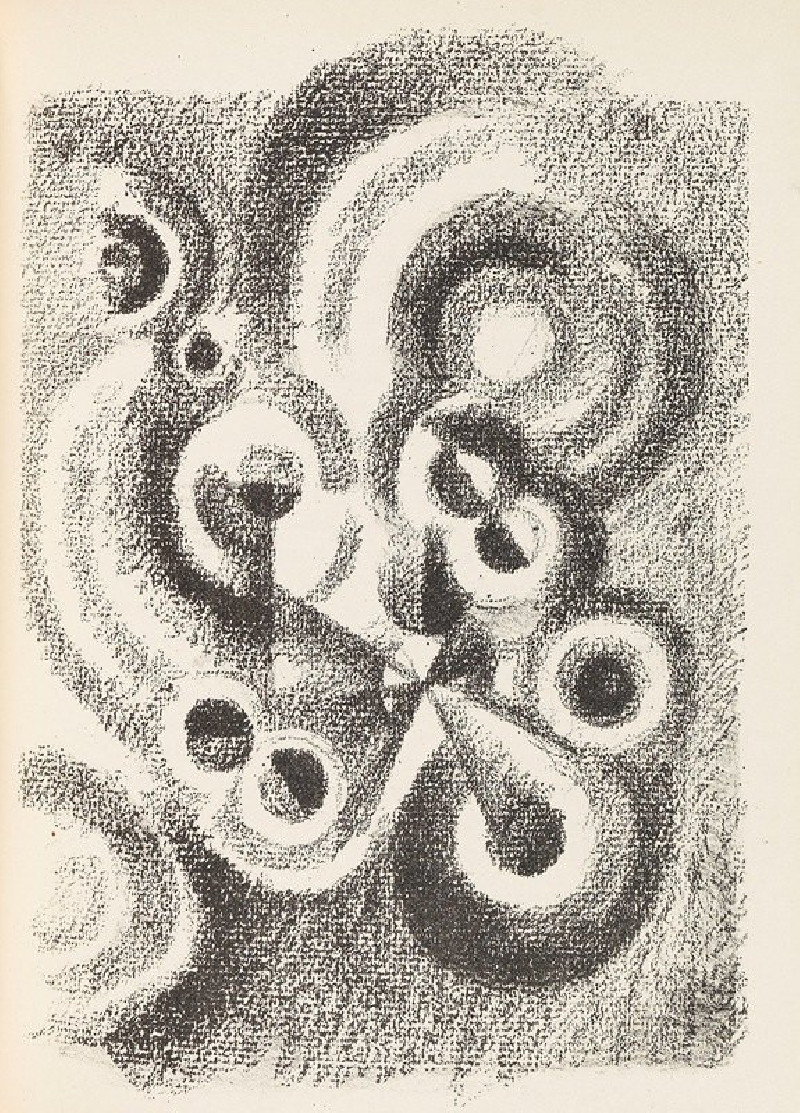St. Peter’s Basilica from the Pincio, Rome (late 1868 or early 1869)
Technique: Giclée quality print
Recommended by our customers
More about this artwork
Capturing the essence of a timeless Rome, Frederic Edwin Church's ‘St. Peter’s Basilica from the Pincio, Rome’ offers viewers a grand perspective framed by the glowing hues of a setting sun. Painted during Church’s travels through Europe in late 1868 or early 1869, this masterpiece elegantly transforms a classical landscape into a vibrant, emotional tableau that speaks to the artist's skill in manipulating light and shadow.The painting places us atop the Pincio Gardens, a vantage point known for its sweeping views of the Eternal City. The sun, setting behind thick, textured clouds, casts a warm amber light across the scene, highlighting the dome of St. Peter's Basilica. This architectural marvel, designed primarily by Michelangelo, stands as a testament to the enduring spirit and religious devotion inherent to Rome.To the left, a statue confidently oversees the scene, adding a sense of permanence and protection over the city. The foreground is marked by broad, expressive brushstrokes, mirroring the rugged terrain of the Pincio, and inviting the viewer to explore the physical textures of the natural world juxtaposed with the human-made wonders.Church’s work is a masterful celebration of natural light and its interplay with human history, encapsulating a moment of stillness and depth that encourages reflection on the grandeur of past civilizations and the timeless beauty they leave behind.
Delivery
Returns
Frederic Edwin Church (May 4, 1826 – April 7, 1900) was an American landscape painter born in Hartford, Connecticut. He was a central figure in the Hudson River School of American landscape painters, best known for painting large landscapes, often depicting mountains, waterfalls, and sunsets. Church's paintings put an emphasis on realistic detail, dramatic light, and panoramic views. He debuted some of his major works in single-painting exhibitions to a paying and often enthralled audience in New York City. In his prime, he was one of the most famous painters in the United States.

